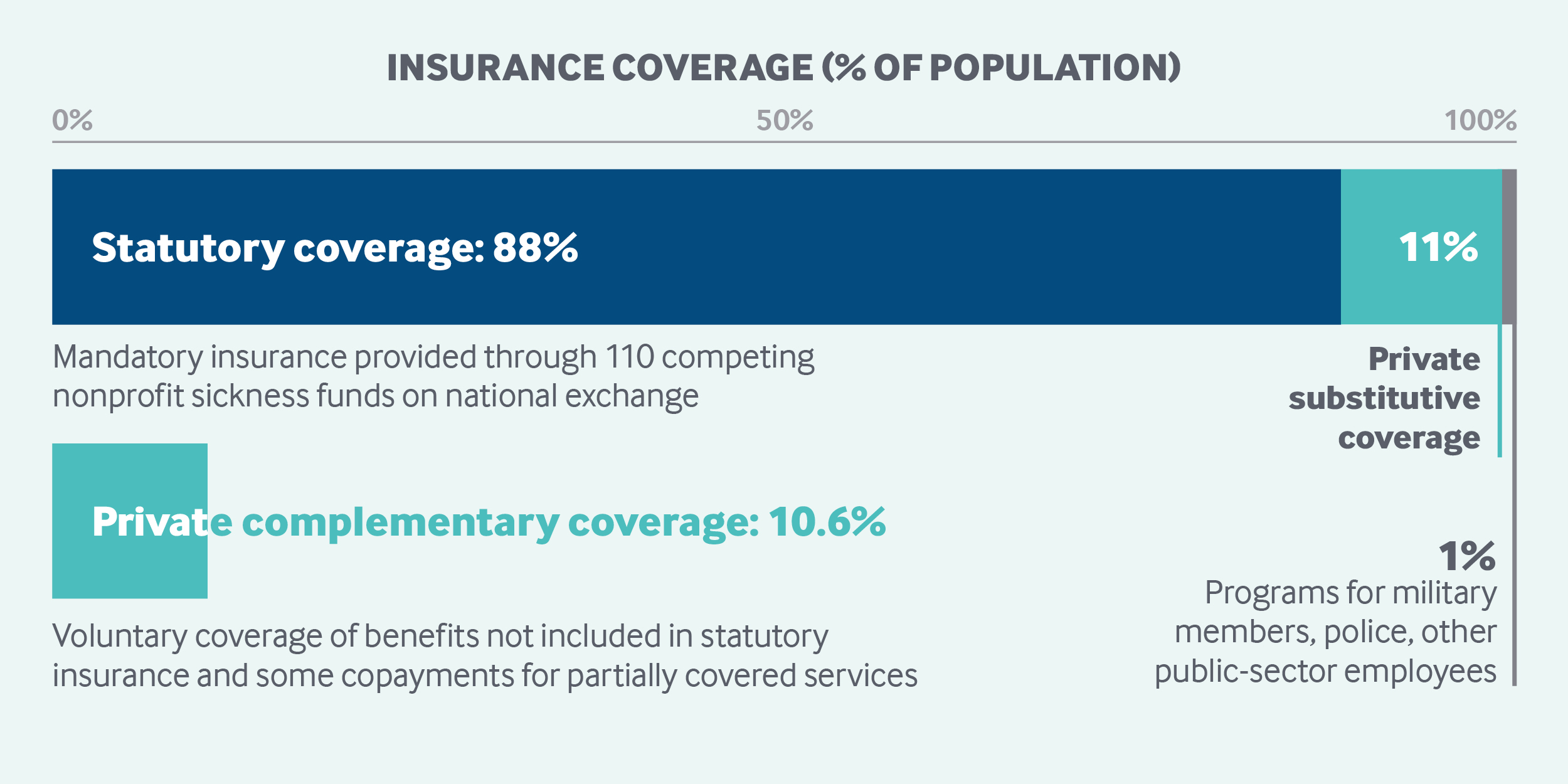
How Co-Pay Works. Wineskin download mac os x. Copay fees vary among insurers but typically are $25 or less. Calamity mod download mac. For example, an insurance plan with copays may require the insured to pay $25 per doctor visit or $10 per prescription. No Copay, No Deductible and No Co-insurance Convenient Personalized Care at No Cost to Marathon County Employees and their Dependents enrolled in the WCA-Group Health Trust Plan Schedule an Appointment: 715.843.1256 or MyAspirus.org.

- I just came back from the emergency room and they said just for the room I have to pay 2,600$ (not to mention I have to wait two weeks for the doctor bill that will be 600-700$) I handed my insurance card and it is ambetter and it states Copays ER: n/a The lady looked up my insurance and said there is no information about ER on my insurance card, meaning that I dont have any?
- Most health insurance plans have a deductible, coinsurance, and copays. Coinsurance is the percentage that you pay for a medical service vs. The percentage that your insurance company pays.
- Once you and your plan spend $4,130 combined on drugs (including deductible), you’ll pay no more than 25% of the cost for prescription drugs until your out-of-pocket spending is $6,550, under the standard drug benefit.
It is important to understand how your health care plan operates, but far too often the tricky benefit jargon of “deductible, coinsurance, copay, and out-of-pocket max” get in the way. These hard to understand health care vocabulary terms are explained below to help make understanding your health care plan much simpler!

Deductible – the amount of out-of-pocket expenses you pay for covered health care services before the insurance plan begins to pay.
| HSA-Eligible Plan | All covered services require you to meet your deductible first and then services will be covered through coinsurance. |
| PPO Plan | Some covered services require you to meet the deductible first, while other covered services are paid with a copay. |
| Helpful Hint! | The health plan comparison chart shows deductible amounts for Tier 1, Tier 2 and Tier 3, but you should think of your deductible as one sum of the money you have paid for your services. |
| Example | With a $1500 Tier 1 deductible on the HSA-Eligible Plan with single coverage, you pay the first $1500 of covered services yourself. If you have met this, you would pay an additional $100 towards your services and then would have met the Tier 2 deductible of $2,500. |
Coinsurance – the percentage of cost of a covered health care service you pay once you have met your deductible.
| HSA-Eligible and PPO Plans | For services covered by “coinsurance after deductible” the amount you pay in co-insurance continues to count towards meeting your next Tier deductible. |
| Coinsurance % | Most Tier 1 services are covered at “90% coinsurance after deductible,” while Tier 2 services are “75% after deductible and Tier 3 are “60% after deductible.” |
| Example | If you are on either plan and have hit your Tier 1 deductible and visit a Tier 1 urgent care provider, the plan covers that service at “90% coinsurance after deductible.” This means you will pay 10% of the cost of the visit and your insurance will cover the remaining 90%. The 10% you pay will count towards your deductible. |
Copay – a fixed dollar amount you must pay to a provider at the time services are received.
| PPO Plan | Only the PPO Plan offers a copay option for specific covered services. Your copay does not count towards your deductible. |
| Copay Amounts | Copay amounts vary based on the plan design. The health plan comparison chart is the best resource to understand what your copay is for a covered service within any of the tiers. |
| Example | If you are on the PPO plan and you see a Tier 1 provider for a standard sick visit, then your copay at the time of the visit will be $20. If you seek a Tier 1 provider for physical therapy, then your copay will be $35. |
Out-of-Pocket Max – the maximum amount you pay each calendar year to receive covered services after you meet your deductible. Once you meet your out-of-pocket maximum, the Plan pays 100% of covered services you receive. In network and out-of-network services are subject to separate out-of-pocket maximums.
Have Insurance But Can't Afford Copay
| HSA-Eligible and PPO Plans | Your out-of-pocket max is the summation of everything you have paid for your medical services received; this includes deductible, coinsurance and copay. |
| Helpful Hint! | Out-of-pocket max’s are determined by coverage level (single vs plan with dependents) and salary. On the health plan comparison chart you will see multiple rows with Out-of-Pocket Max figures, so be sure to look in the row that pertains to your situation. |
